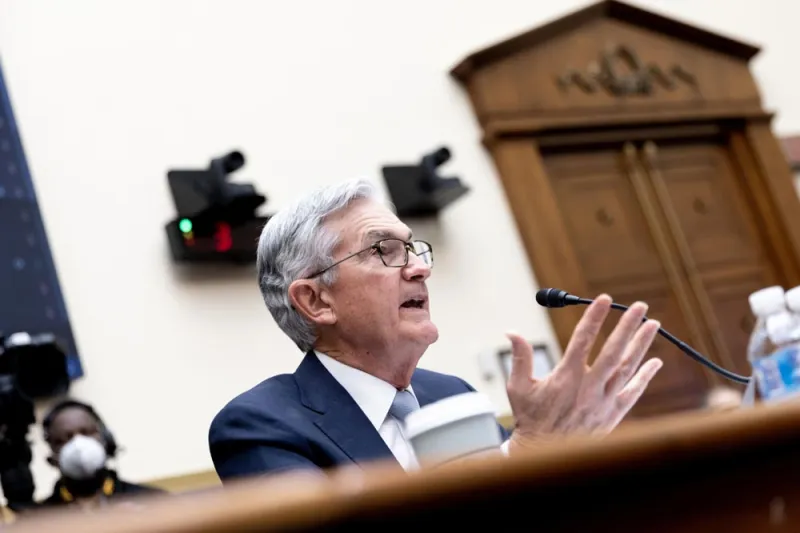If history is any indication, the expected March liftoff in interest rates is unlikely to have a significant impact on markets.
Since 1994, the market has gone down an average of merely 0.01 percent in the three months following the initial rate hikes, according to a recent analysis by Morningstar. After six months, the market was up by an average of 7.4 percent, and after 12 months, the market returned an average of 15 percent, according to Morningstar data.
The worst market downturns associated with rate hikes took place in 1994 and 1999, where the U.S. market tumbled more than 5 percent in the three months following the first 25 basis point rate increases. But in all cases, the market delivered positive returns one year after the liftoffs.
Morningstar attributed the positive market performances to the Federal Reserve’s transparent communication strategy. Because the Fed has been “openly signaling its intentions” since 1994, investors are able to price in looming rate hikes several months before they arrive.
This time is no exception. Since as early as December, the Fed has been implying that its ultra-easy policy in response to the pandemic is coming to an end, citing persistent inflation. In January, the market reacted with heightened volatility and massive selloffs of growth stocks, which “tend to get hit harder during inflationary times because a significant part of their allure is their future earnings profile,” according to Morningstar.
The skyrocketing commodity prices following the Russia-Ukraine conflict have exacerbated central bankers’ inflation concerns. Earlier this month, Fed chair Jerome Powell said in a policy meeting that the rising commodity prices, particularly energy prices, are going to “work [their] way through the U.S. economy.” To curb the upward pressure on inflation, he was “inclined to propose and support a 25 basis point rate hike” that investors expect to be announced during the Federal Open Market Committee meeting on March 15 and 16.
“The economic outlook supports the Fed’s current plans to boost the federal funds rate in March and to begin to reduce their balance sheet over the summer,” said David Kelly, chief global strategist at J.P. Morgan Asset Management, in a note to investors on Monday. He added that several uncertainties will make the Fed more cautious about its tightening schedule.
For one, the Western response to Russia remains ambivalent. While European Union countries are expected to adopt sanctions against Russian oil giants, they have not pledged to stop oil imports from Russia all together. This hesitancy to cut all ties with Russia has thrown the commodity prices in limbo, Kelly said. Second, China is battling its worst coronavirus outbreak in two years, which might affect its manufacturing capacity and disrupt global supply chains.
“The Federal Reserve is likely to proceed with its plan to increase interest rates in 2022. As they do this, investors may want to shorten durations in fixed income and overweight value relative to growth within equities,” Kelly wrote. “However, it should be emphasized that the Fed will be particularly cautious in tightening because of heightened uncertainty.”







